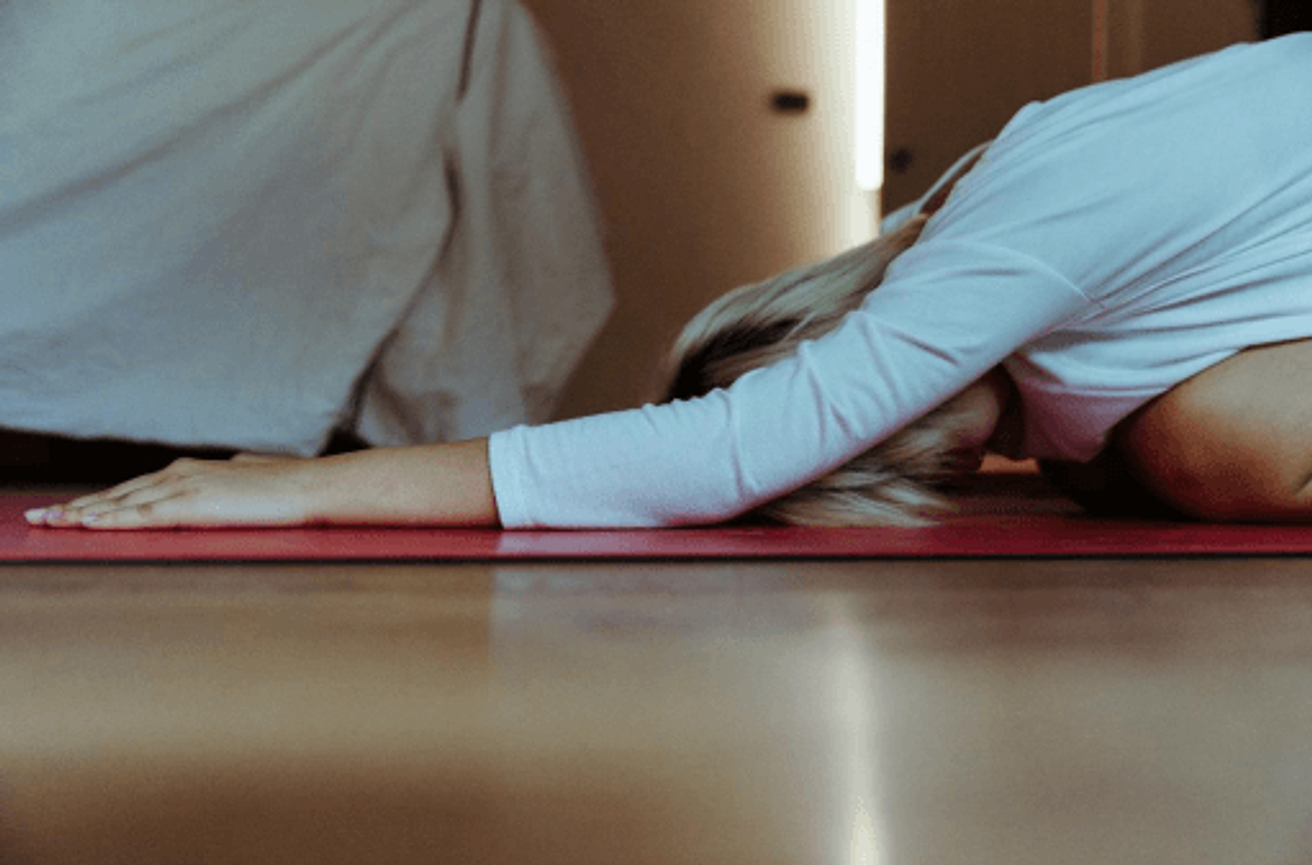“I have become calmer. I was someone who strived for perfection in my lesson plan. But as we have had to make sudden changes, I have started making peace with little glitches thinking that, given the current scenario, some things are out of my control,” says a University Teacher from Nepal.
Teachers, like the one quoted above, have reflected upon their own teaching beliefs, nature, and philosophies while teaching virtually during this pandemic. Due to emergency remote teaching many teachers have quickly learned various digital tools, online pedagogies and virtual classroom management approaches.
When I was in 11th grade, my physics teacher asked us: “Which is more elastic: a rubber or a steel rod?” Not knowing the science behind it, we answered out loudly and univocally, “Rubber, sir!” You might have guessed the same, especially if you had skipped physics classes. The answer was, instead, the steel rod. Steel is more elastic than rubber.
There’s a reason I bring up this old highschool memory. According to Biomedical Scientist Anne Marie Helmenstine, “elasticity is a physical property of a material whereby the material returns to its original shape after having been stretched out or altered by force.” The greater the resistance to change, the greater is the elasticity of the material, and the faster it returns back to its original shape when the deforming force is removed.
How elastic are we as teachers? The deforming force of COVID-19 has put us all under strain and stretched us. All the digital tools, skills, online pedagogies we have learnt, and the realisations we have had, must have challenged and stretched our beliefs, capabilities, and limits. Haven’t they?
I fear once we return to normal classrooms, we might easily slide back to our usual ways of teaching. We might relapse into becoming the same teachers we once were. We might easily agree that virtual learning was just for, and because of, the pandemic.
Five, ten, or even more years of teaching can easily outweigh five months of emergency online teaching. We might convince ourselves that online teaching cannot replace on-site teaching, because surrendering to that conviction would be much easier than putting effort into accepting and incorporating the changes that this unprecedented situation has brought. Unlike rubber, our teachers’ elasticity might be high– returning us to our original natures.
If that is the case, how might we not relapse into our old teaching approaches or natures? How might we maintain a low Teacher’s Elasticity?
Based on my experience and studies, the following actions can at least help us slow down the speed of elasticity and extend the relapse time, if not drastically decrease our elasticity.
- Pause and ask: Is the COVID-19 crisis the primary reason for using digital tools and online pedagogy? Why did you explore this new area of teaching and learning? Revisit the reason(s) and find out if the reason is still relevant or compelling. Ask yourself what else you intended to learn and gain, and hopefully, those answers make sense now as well.
- Audit the past: Once you go back to the class, in the early days take time to reflect on memorable online teaching moments. Make connections between your realisations during emergency online teaching and your past and current teachings. Make sure you keep in mind all the good aspects of on-site teaching and see if they can be made better or replaced by new learnings.
- Understand students’ needs: After you go back to normal classes, assess how students feel now. Gather understandings and insights on their experiences and learnings from online teaching. What aspects did they find beneficial? How has their behavior or learning habits shifted, if at all? What from the Emergency Teaching do they wish to retain? That could be a starting point to map out and blend your lesson plan once on-site classes resume.
- Integrate gradually but persistently: We are aware of the realities of our school’s infrastructure, leadership, and resource limitations. Some of the future possibilities, and the excitements surrounding it, take resources and efforts to be materialized. We might get discouraged early on if some of the new methods, technology and digital tools do not come to life as quickly as we expected. But, be open and persistent to find spaces in the curriculum where new methodological and technological learnings can be integrated.
We know this forced shift has introduced us to exciting Edtech tools and online pedagogies. And most of us do not deny that hybrid or blended learning has a bright future. We share similar sentiment; online teaching has its own benefits which should be tapped even after the situation reverts to normal. To do so, teachers play a crucial role in adapting to and retaining the changes.
Hopefully, teachers facing COVID-19’s blow and the subsequent and abrupt shift in teaching and learning will not go back to normal. Though relapse is natural and also somewhat necessary, hopefully, we keep our elasticity low and stretch ourselves to implement and internalize the learnings, challenges, realizations and new knowledge we have collected during this crisis.




